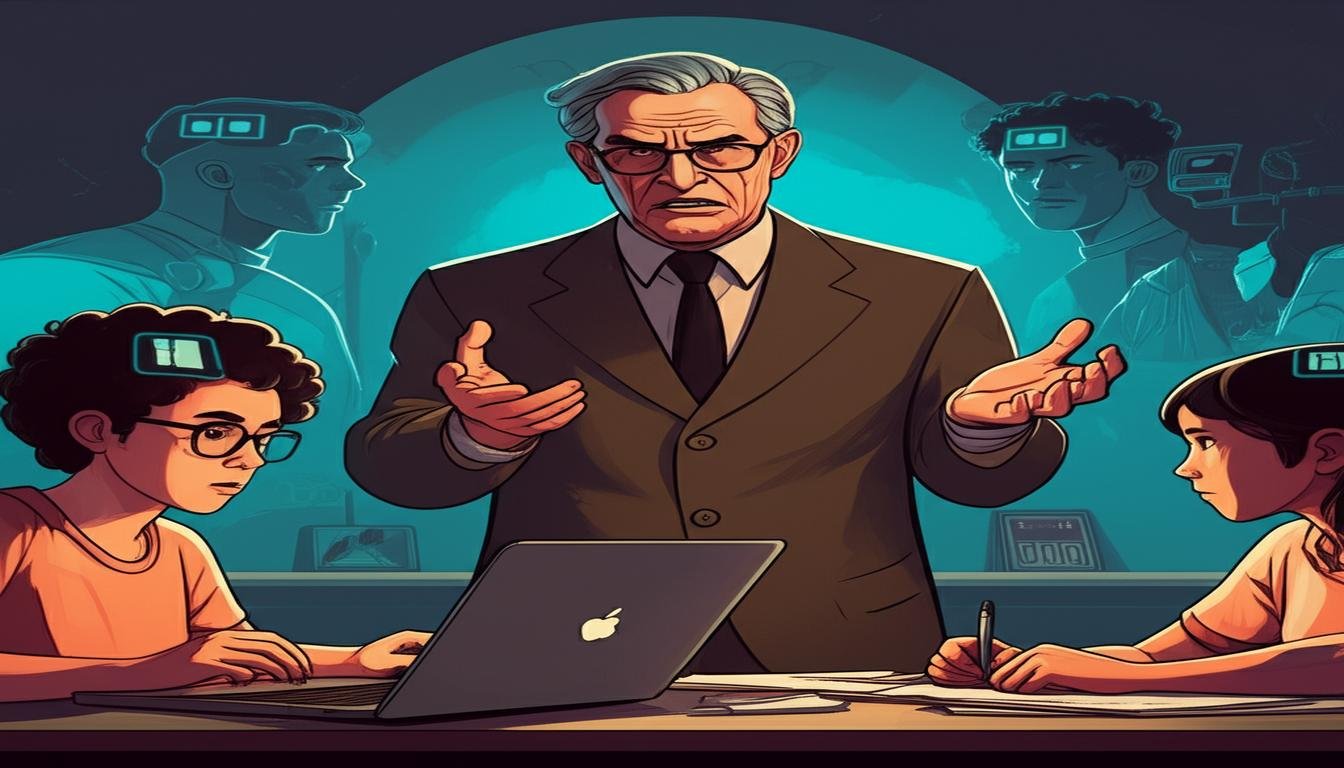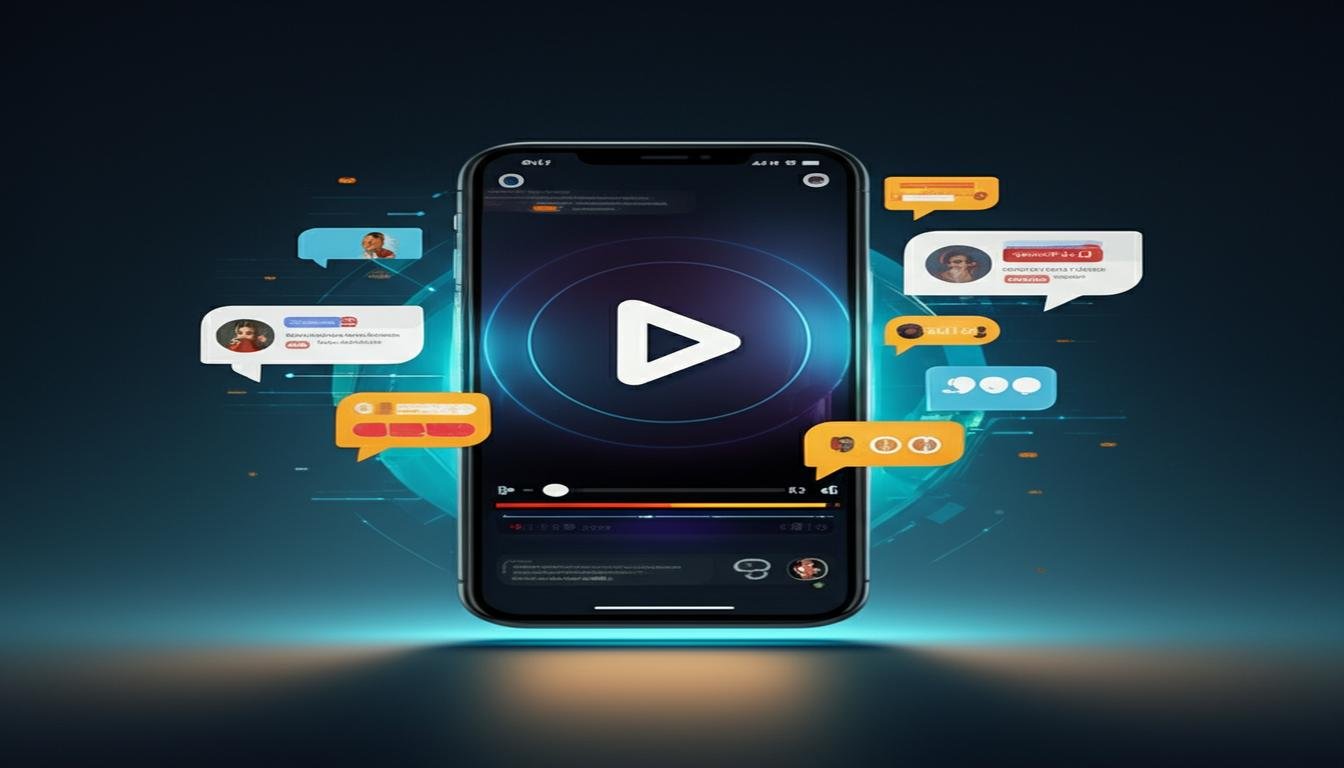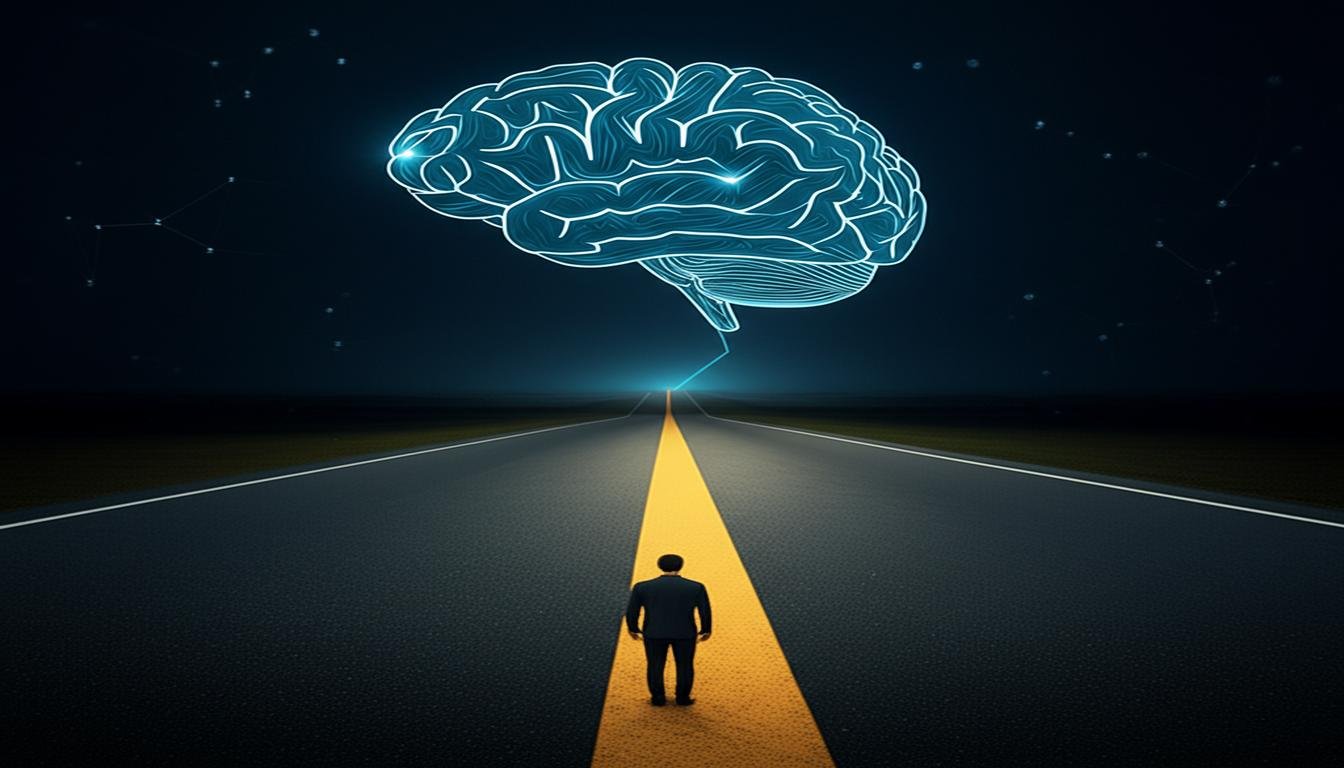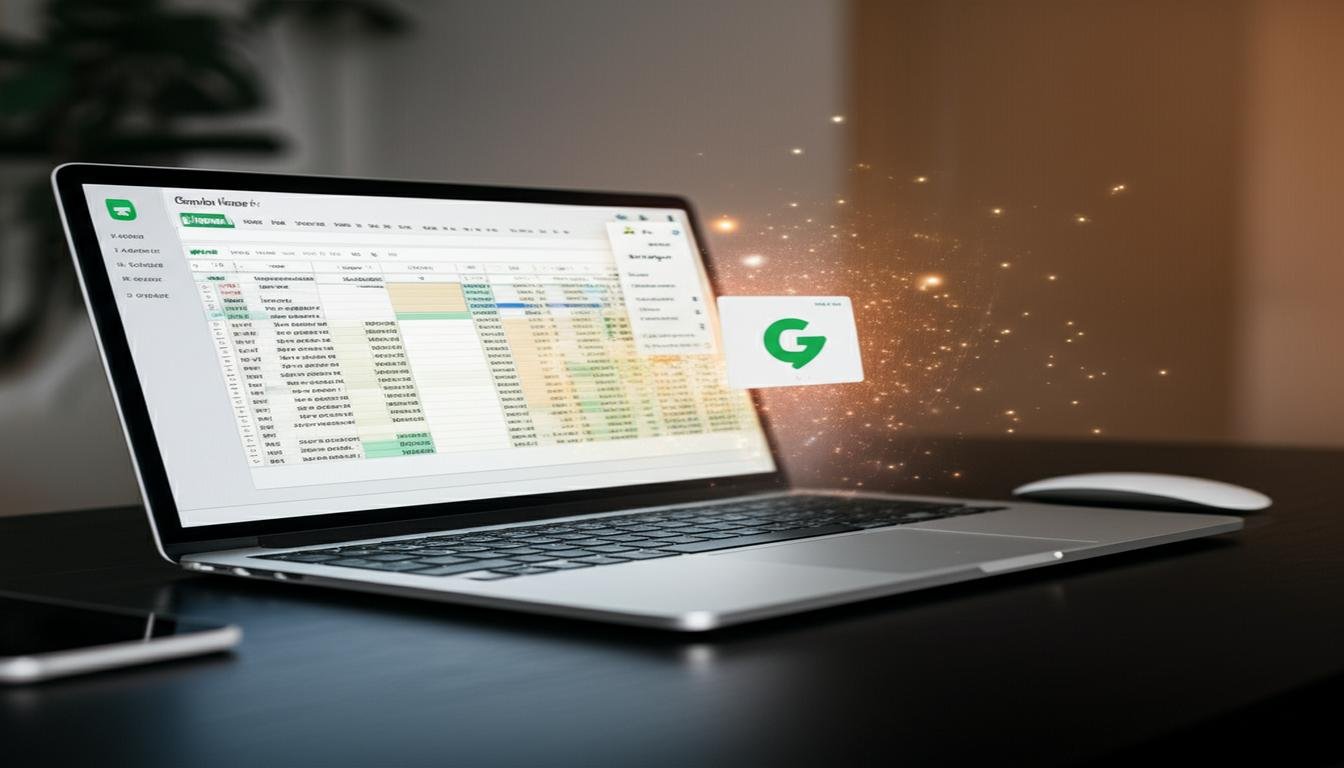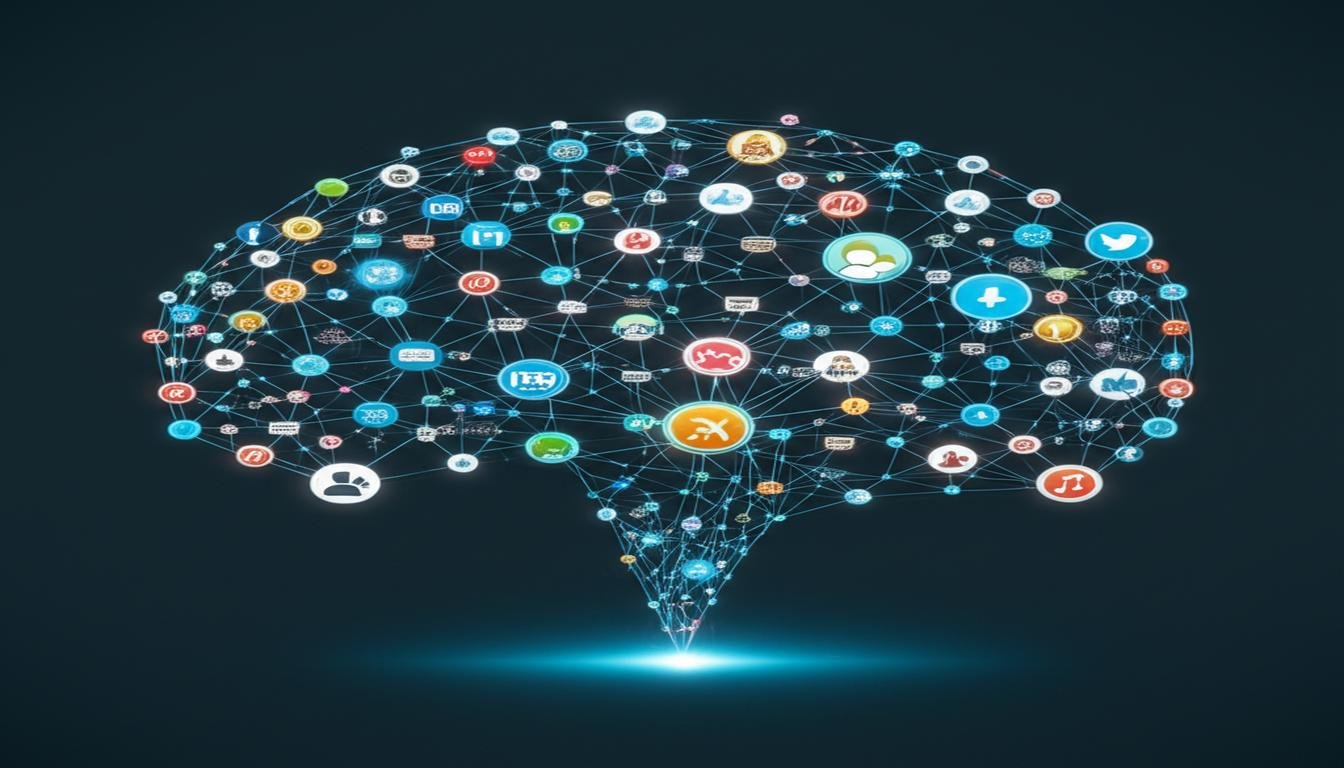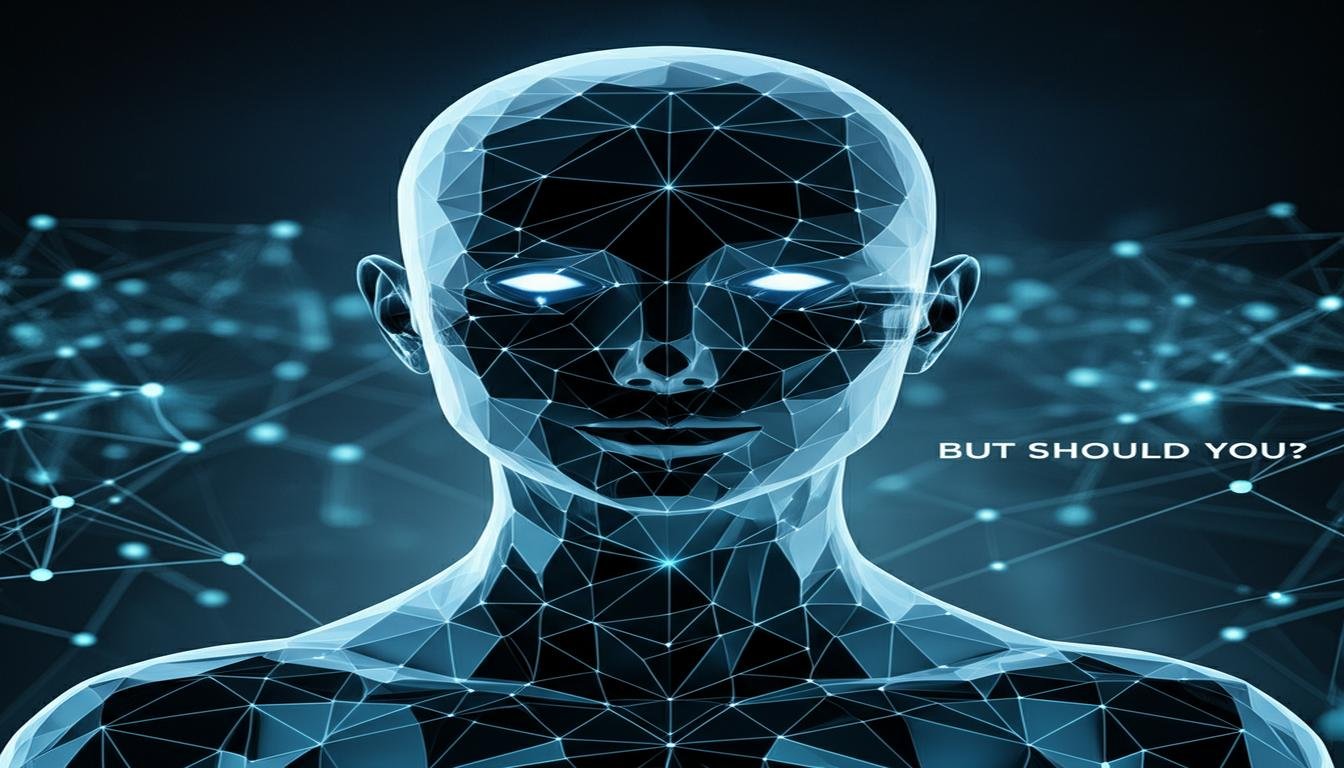Students Are Secretly Using This AI Trick to Ace Exams – Teachers Are Absolutely Fuming
Picture this: a student who used to struggle with complex concepts suddenly starts acing tests. Their essays are articulate, their problem-solving skills seem to have skyrocketed overnight. Is it a sudden surge of genius? Not quite. There’s a quiet revolution happening in classrooms, a secret weapon students are increasingly deploying, and it’s making educators absolutely furious.
We’re talking about AI, but not in the way you might think. It’s not just about typing a prompt and getting an essay back. Students have found a far more sophisticated, almost undetectable method to gain an unfair advantage, and it’s raising serious questions about the future of learning.
The “Secret Sauce” Students Are Using
Forget direct answer generation. The real trick lies in using AI as an advanced study partner and an undetectable content generator. Here’s how it works:
- Concept Clarifier: Instead of struggling with a textbook, students feed dense material into an AI. The AI then rephrases it in simpler terms, breaks down complex ideas into digestible bullet points, or even explains it using relatable analogies. It’s like having a private tutor available 24/7.
- Personalized Study Guides & Flashcards: Students input their notes or class lectures. The AI then churns out tailored study guides, practice questions, or interactive flashcards, often predicting the types of questions a teacher might ask based on the material provided.
- Outline and Argument Builder: For essays or extended responses, students don’t ask the AI to write the whole thing. Instead, they ask it to brainstorm strong arguments, structure a compelling outline, or even refine their existing paragraphs for better flow and vocabulary. The student writes the core, the AI polishes the edges, making it sound entirely human and sophisticated.
- Simulated Discussions & Debates: Some students are even using AI to role-play. They might feed in a debate topic and ask the AI to argue for one side, while they formulate their counter-arguments, sharpening their critical thinking and debate skills without needing a human partner.
The output isn’t a direct copy-paste job; it’s a refined, human-sounding piece of work that the student then adapts and integrates. This makes detection incredibly difficult.
Why Teachers Are Seeing Red
It’s not just about cheating; it’s about the erosion of genuine learning and fair assessment. Here’s why educators are fuming:
- Loss of Core Skills: If AI is doing the heavy lifting in understanding, critical thinking, and structuring arguments, are students truly developing these essential skills themselves? Teachers worry about a generation reliant on algorithms rather than their own intellect.
- Difficulty in Assessment: How do you accurately gauge a student’s true knowledge or ability when an AI has been involved in shaping their responses? It’s becoming nearly impossible to differentiate between a student’s original thought and AI-enhanced content.
- Academic Integrity Crisis: This isn’t just a shortcut; it fundamentally undermines the integrity of grades, qualifications, and the entire education system. It creates an unfair playing field where students with access to and knowledge of these AI tools have an undeniable advantage.
- The “Invisible Hand”: Unlike traditional plagiarism, where detection software can flag copied text, AI-assisted work often generates unique content that passes traditional checks, making it an “invisible hand” in the learning process.
The Uncomfortable Truth: A New Educational Frontier
Teachers aren’t just angry; they’re wrestling with a profound shift. The traditional methods of teaching and assessing might become obsolete if schools don’t adapt. Some educators are calling for a complete overhaul of how assignments are given, focusing more on in-class, handwritten work, or projects that require unique, real-world application rather than just information recall.
Others argue that banning AI outright is futile. Instead, they believe schools must teach students how to use AI ethically and responsibly, viewing it as a powerful tool for learning rather than just a shortcut for cheating. The challenge lies in finding that balance.
What Happens Next?
The secret is out, and the tension between students leveraging AI and teachers striving for academic integrity is palpable. As AI tools become more sophisticated and accessible, the education system faces a critical juncture.
The conversation isn’t just about catching cheaters; it’s about redefining what learning means in an AI-powered world. Schools, students, and parents all need to be part of this discussion to ensure education remains meaningful and fair for everyone.

